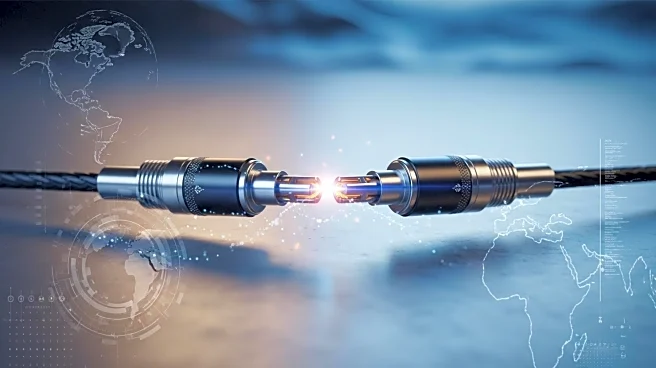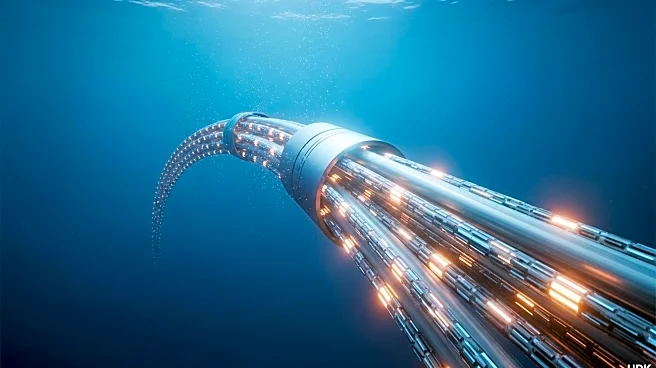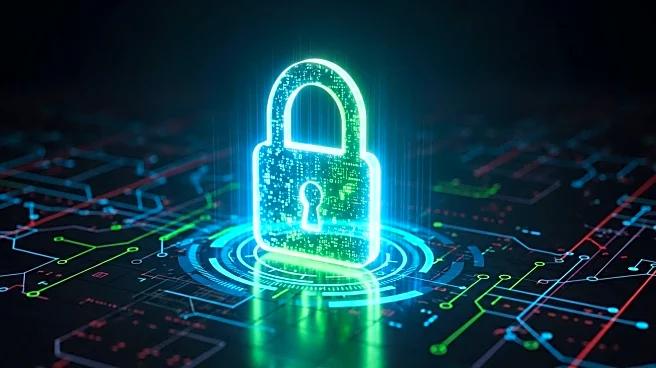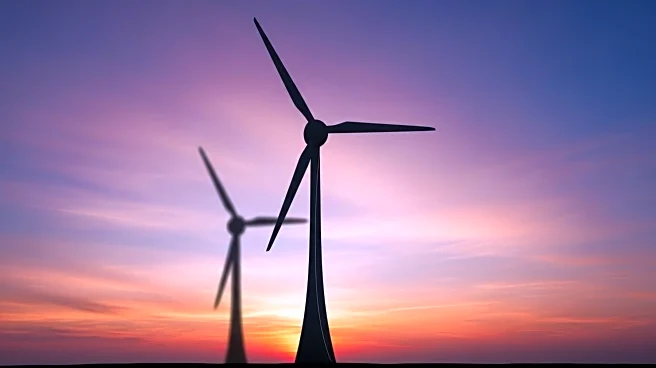What is the story about?
What's Happening?
Keppel, a key stakeholder in the Bifrost Cable System, has announced that the subsea cable connecting the United States to Southeast Asia is now ready for service. The Bifrost system, spanning over 20,000 kilometers, has been under construction by Alcatel Submarine Networks since 2021. It connects California and Oregon in the US with Singapore, with intermediate landing points in Guam, Jakarta, Manado, and Davao. The system is designed to provide a round-trip latency of under 165 milliseconds between Singapore and the US, which is faster than many existing systems. It also introduces over 260 Tbps of additional capacity along the trans-Pacific corridor, supporting AI workloads, cloud-native platforms, and real-time digital services.
Why It's Important?
The Bifrost Cable System is significant as it enhances digital connectivity between Southeast Asia and the United States, reinforcing Singapore's position as a leading digital hub in Asia. This development supports the rapidly growing digital economy in the region. For the Philippines, the cable provides redundancy and diversity in network infrastructure, which is crucial for the country's digital transformation. The project is backed by major players like Meta, Amazon, and Telin, indicating its importance in global digital infrastructure.
What's Next?
As the Bifrost Cable System becomes operational, it is expected to carry commercial traffic in the coming weeks. This will likely lead to increased digital connectivity and economic opportunities in the Asia-Pacific region. Stakeholders such as businesses and governments may respond by leveraging the enhanced connectivity for economic growth and technological advancements.
AI Generated Content
Do you find this article useful?














